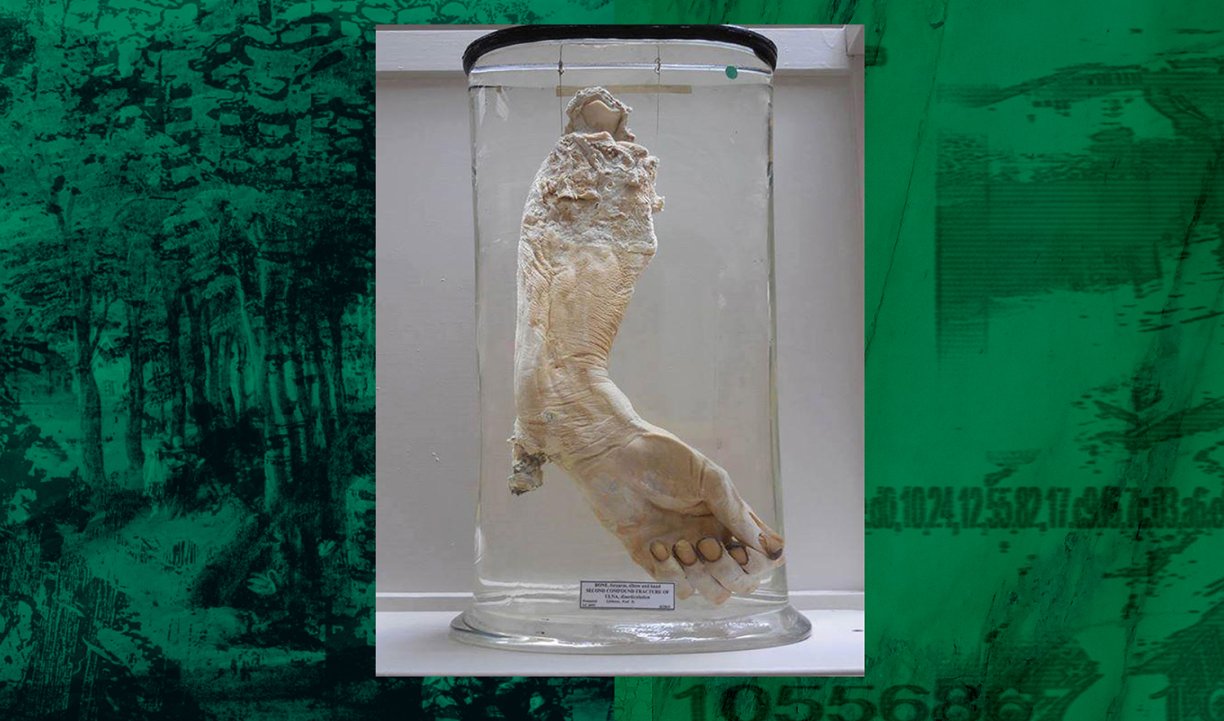For his third and final project as 2017 Suzanne Fiol Curatorial Fellow, DeForrest Brown Jr. presents "Xenopoietic Deviations," a radical new lecture-as-performance, composed in segments by theorist Inigo Wilkins and Berlin-based digital artist and producer Lars “TCF” Holdhus.
Decomposing the multiple time-scales and levels of information processing in auditory cognition, from sub-millisecond unconscious inferences to meso-scale continuities, "Xenopoietic Deviations" is an ecstatic rendering of the subject matter of Irreversible Noise, Wilkins’ forthcoming book for Urbanomic into a rapturous performance piece and lecture. Deep in the realm of synthetic abstractions, TCF and Wilkins work in conversation and across disciplines (science, philosophy, and politics as well as visual media and music) to manipulate the hypothesis space of listening. TCF uses a complex custom-built sound and image processing system based on machine learning, with multiple layers of predictive coding, sculpting sound and vision with brute force agitations. Wilkins intervenes with a vertiginous explanation of the predictive processes involved in hearing, at once stringently rational and fantastically delirious.
The performance zigzags between an alien music with “a world of indiscernible detail hiding within its deceptively placid melodic framework, juxtaposing a cloud of continuous harmonic resonance with an underlying rush of sounds moving faster than the human ear can catch” and a terrestrially unbound conceptual navigation of randomness, unpredictability and noise in hierarchically nested dynamic systems. Together, TCF and Wilkins push their media to their structural brink, just before entanglement and the point of total expulsion.
On Irreversible Noise:
“This wide-ranging inquiry elaborates the theoretical and practical significance of the concept of noise with regard to current debates concerning realism, materialism, and rationality. Drawing on contemporary scientific thinking, it elaborates a multi-level account of noise, showing that randomness is an intrinsic functional aspect at all levels of complex dynamic systems. On the basis of this analysis Inigo Wilkins interrogates the ideological implications of the fetishisation of chance in socio-economics and aesthetics.” -- from Urbanomic
On TCF’s Practice:
“A lot of my artistic and musical based practice is about the relation between chaotic structures and centralised power. I’m interested in how they interact and where one can place oneself within it. Cryptology has an obvious connection to power. It is about power, the essence of it is power, or protection against power, a negation of power… I always consider my use of encryption as a sort of shield against power, but it’s also a kind of gaining power. I create my own world and place it in the public realm, but no one can get full access to it apart from me. You create this kind of container that’s existing in society, but it’s not fully integrated. I guess my interest is in creating states with more distributed power. I mean, I think that’s one of the contributions that one tries to achieve.” -- Lars “TCF” Holdhus
TCF is the project of the Berlin-based Norwegian artist and producer Lars Holdhus. Shifting between art exhibitions and musical performance, TCF's work explores themes of code, cryptography, and musical composition through the use of visual, sonic, built, and written concepts. The ultra-modern compositions on his debut, which was released on the Berlin-based label YYAA, demonstrate the producer’s breathtaking control of modern electronic software. His gravity-free compositions create a suspended n-dimensional space whose structure often comes under frenetic attack, creating stress so intense that it threatens to tear the sonic fabric. His track titles are written in cypher text, the key to which is hidden within the pieces themselves. TCF’s release on Liberation Technologies, E4 15 C4 71 97 F7 8E 81 1F EE B7 86 22 88 30 6E C4 13 7F D4 EC 3D ED 8B, follows the same concept: it consists of digital and physical content that contains the necessary keys to unlock the full meaning of the work.
Inigo Wilkins took his masters in Sonic Culture at the University of East London, and completed his doctorate in Cultural Studies at Goldsmiths, University of London in 2016. The title of his thesis was Irreversible Noise: The Rationalization of Randomness and the Fetishization of Indeterminacy, which he is now working on for a forthcoming publication by Urbanomic. He is a co-director of Glass Bead. Publications include “Interfacey McInterface Face” Litteraria Pragensia 2017; “The Sharpest Point of Sensation is Pointless” in a booklet accompanying an LP by musician Eric Frye entitled “On Small Differences in Sensation,” 2016; “Destructive Destruction: An Ecological Study of High Frequency Trading” first published in Mute magazine, 2013. An extended version of “Destructive Destruction” published in HFT Review, February 2013, in the Journal of Sustainable Finance and Investment, January 2014, and in “Plants, Androids and Operators: A Post-Media Handbook” published by PML Books, 2014; and “Catalyzing Dissent” published in Mute magazine, December 2012.



